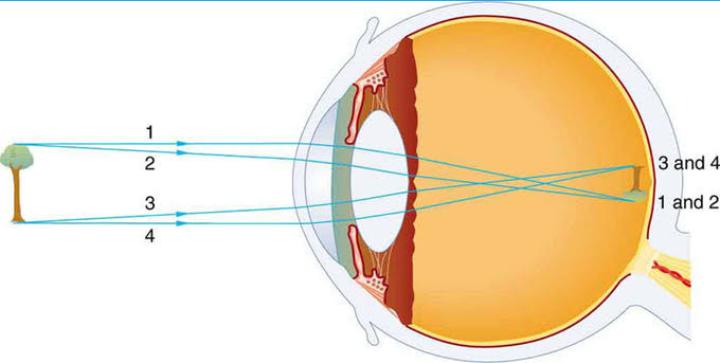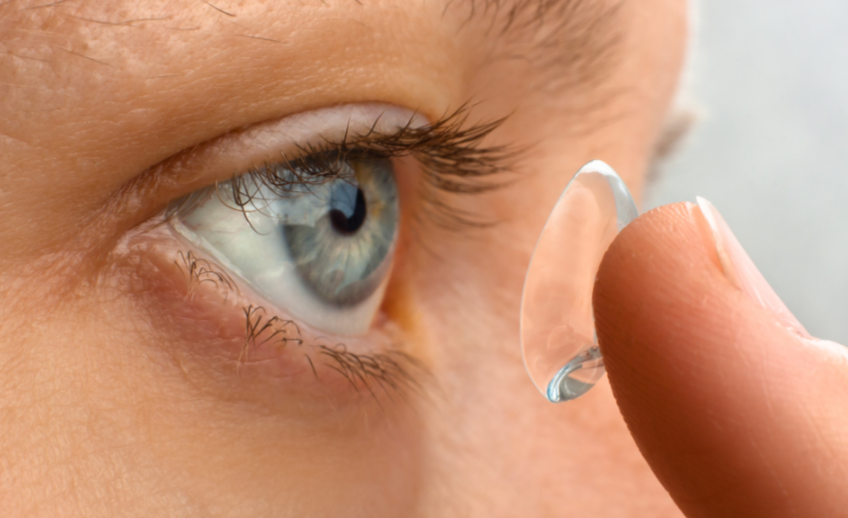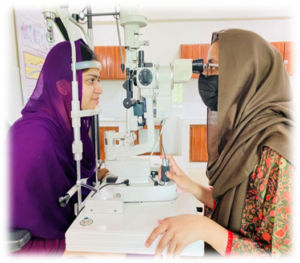The Eye as an Optical Instrument: A Comparative Journey with the Camera
The human eye, often dubbed the window to the soul, is not only a marvel of biology but also a fascinating optical instrument. Like a high-tech camera, the eye captures, focuses, and processes light to create images. Understanding the eye through the lens of a camera allows us to appreciate its intricate structure and function. In this blog, we will explore the various parts of the eye and their counterparts in a camera, revealing how these two sophisticated devices share similar mechanisms in capturing the world around us.
The Cornea and the Lens: The Frontline Optics
At the front of the eye, the cornea and the lens work in tandem to focus light onto the retina. The cornea, a transparent, dome-shaped layer, is akin to the camera lens cover, protecting the delicate components inside while allowing light to enter. Just behind the cornea lies the eye’s lens, a flexible, crystalline structure responsible for fine- tuning the focus of light rays, similar to the adjustable lens of a camera. In a camera, the lens system is crucial for directing light onto the film or sensor. Modern cameras often feature a series of lenses, each designed to correct various optical aberrations and achieve the desired focus. The human eye, remarkably, accomplishes this with a single lens. Through the process of accommodation, the eye’s lens changes shape to adjust focus, allowing us to see objects clearly at different distances.
The Iris and the Aperture: Regulating Light Entry
The iris, the colored part of the eye, functions like the aperture of a camera. It controls the amount of light entering the eye by adjusting the size of the pupil, the black circular opening in the center of the iris. In bright conditions, the iris contracts, reducing the pupil size to limit light intake, while in dim lighting, it dilates the pupil to allow more light to reach the retina.  Cameras use an aperture mechanism to achieve a similar effect. The aperture, often adjustable, controls the amount of light hitting the sensor or film. By changing the aperture size, photographers can manipulate the depth of field, creating images with a sharp foreground and a blurred background, or ensuring that everything in the frame is in focus.
Cameras use an aperture mechanism to achieve a similar effect. The aperture, often adjustable, controls the amount of light hitting the sensor or film. By changing the aperture size, photographers can manipulate the depth of field, creating images with a sharp foreground and a blurred background, or ensuring that everything in the frame is in focus.
The Retina and the Image Sensor: Capturing the Scene
The retina is the light-sensitive layer at the back of the eye, comparable to the image sensor in a digital camera or the film in an analog camera. When light hits the retina, it triggers a series of complex chemical reactions in photoreceptor cells known as rods and cones. Rods are responsible for vision in low light conditions, while cones detect color and detail in brighter light. In a camera, the image sensor (often a CCD or CMOS sensor) captures light and converts it into electrical signals, which are then processed to create a digital image. The sensor’s resolution, measured in megapixels, determines the level of detail in the captured image. Similarly, the density and distribution of photoreceptors in the retina influence the sharpness and clarity of our vision.
The Optic Nerve and the Data Transfer Cable: Transmitting Information
Once the retina has captured an image, the information must be transmitted to the brain for processing. This task falls to the optic nerve, a bundle of over a million nerve fibers that carries visual information from the eye to the brain’s visual cortex.  The brain then interprets these signals, allowing us to perceive and understand the visual world. In a camera, data transfer occurs through a cable or wireless connection, transmitting the captured image from the sensor to a storage device or display. This process enables photographers to view and edit their images on a computer or other digital platform. Just as the optic nerve is crucial for vision, efficient data transfer is essential for a camera's functionality.
The brain then interprets these signals, allowing us to perceive and understand the visual world. In a camera, data transfer occurs through a cable or wireless connection, transmitting the captured image from the sensor to a storage device or display. This process enables photographers to view and edit their images on a computer or other digital platform. Just as the optic nerve is crucial for vision, efficient data transfer is essential for a camera's functionality.
The Vitreous Humor and the Camera Body: Maintaining Structure
The vitreous humor, a clear, gel-like substance filling the space between the lens and the retina, helps maintain the eye's shape and ensures that the retina remains securely attached. This is analogous to the camera body, which houses and protects the internal components, maintaining the structural integrity necessary for the camera to function properly. A well-designed camera body not only protects delicate parts like the sensor and
circuitry but also provides a stable platform for the lens and other accessories. Similarly, the vitreous humor supports the eye’s delicate structures, enabling them to
perform their functions effectively.
The Fovea and the Autofocus System: Achieving Sharp Focus
The fovea, a small depression in the retina, is the area with the highest concentration of cone cells and is responsible for sharp central vision. When we focus on an object, light is directed towards the fovea, allowing us to see fine details clearly. In a camera, the autofocus system ensures that the subject of the photograph is sharp and well-defined. Modern autofocus systems use a combination of sensors and algorithms to quickly and accurately adjust the lens, achieving the desired focus. The precision of the autofocus system is critical for capturing crisp, clear images, just as
the fovea is essential for detailed vision. The Eyelid and the Lens Cap: Protection and Maintenance Eyelids serve a crucial protective function, shielding the eye from dust, debris, and excessive light. They also help to keep the eye moist and clean by spreading tears across the surface with each blink. Similarly, a camera lens cap protects the lens from scratches, dust, and other potential damage when the camera is not in use. Regular maintenance is essential for both the eye and a camera. Just as we need to blink and produce tears to keep our eyes healthy, cameras require cleaning and care to ensure optimal performance. Dust on the lens or sensor can degrade image quality, while neglecting eye health can lead to vision problems.
Conclusion: The Harmonious Dance of Light and Vision
The comparison between the eye and a camera highlights the incredible complexity and efficiency of both optical instruments. While cameras have advanced significantly with technology, the human eye remains an unparalleled example of natural engineering. Understanding the parallels between these two systems not only deepens our appreciation for human vision but also inspires continued innovation in optical technology. In essence, the eye and the camera perform a harmonious dance with light, each capturing and interpreting the world in their unique ways. By exploring these similarities, we gain insight into the intricate processes that allow us to see and create images, bridging the gap between biology and technology.
While cameras have advanced significantly with technology, the human eye remains an unparalleled example of natural engineering. Understanding the parallels between these two systems not only deepens our appreciation for human vision but also inspires continued innovation in optical technology. In essence, the eye and the camera perform a harmonious dance with light, each capturing and interpreting the world in their unique ways. By exploring these similarities, we gain insight into the intricate processes that allow us to see and create images, bridging the gap between biology and technology.









